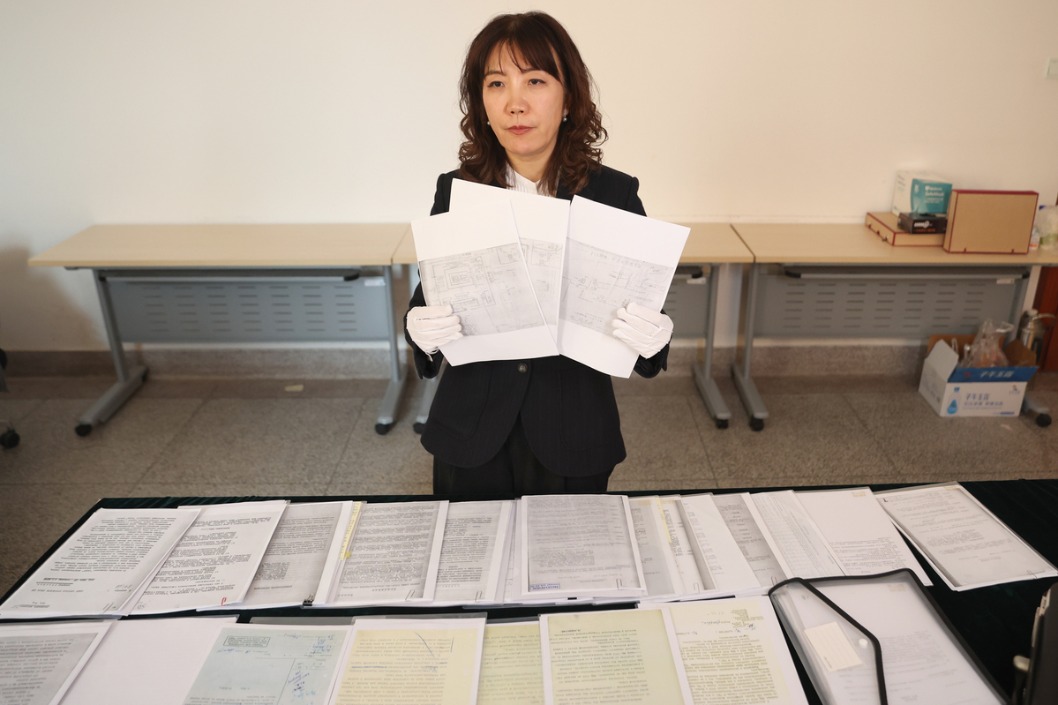Setting tech standards comes with rewards


The commercial use of 5G technology started in China on Friday with mobile carriers offering 5G mobile services. And now that it has entered the 5G era, China should make greater efforts to set the global standards for 5G technology, because by doing so, it will not only guide the industry's development but also be seen as the norm maker to further develop the technology.
The standards for information and communications technology are of great importance to the development of the technology, and facilitate mass communication and exchange of information worldwide. Actually, in the age of globalization, it is necessary to set international standards for electronic equipment and telecommunications technology to ensure their sustained development.
The establishment of international standards for 5G will take at least two years, from proposal to final approval, and require the approval of about 200 countries, 600 industrial enterprises and innumerable manufacturers. It will take another three to five years to promote and improve 5G technology.
Information and communications technology standards involve a wide range of factors including technological innovation, intellectual property and the market, with states, technology owners and market players interacting with each other to shape the international standards for telecom services.
A country can set global standards by using its national policies that encourage scientific and technological input, strengthen technological innovation, improve the business environment, and promote international cooperation.
Owing to its hold over advanced technology, the United States became the leading player in setting global information technology standards in the 1980s; it still plays the leading role in setting global standards for ICT. As such, the US is an apt example of how a country can have a big say in setting global standards for new technology.
By developing advanced technology, a country also lays the foundation for setting global standards for its use. As a saying goes, first-class companies set standards, second-class companies advertise brands, and third-class companies make products. So only companies that own leading technologies can help determine their standards, such as Intel for central processing units and Apple for mobile application.
Established only in 1985, US high-tech giant Qualcomm has applied for more than 4,000 patents, many of which have been acknowledged by the International Telecommunication Union as being path-breaking. And by selling many of these patents to more than 100 telecommunications equipment manufacturers around the world, Qualcomm has earned huge profits.
As for the European Union, it has set its telecom standards based on the advanced technologies owned by European giants such as Ericsson and Nokia. Thanks to their advanced telecom technologies, the US and the EU have played the leading role in setting ICT standards.
Also, companies with a large share in the global market are more likely to turn their widely acknowledged standards into global standards, and thus play an important role in the development of enterprises and in market competition. Therefore, participating and having a say in setting global standards can give a company access to a larger market and the opportunity to make more profits.
Thanks to its continuous efforts and advancement in new technology, China has played an increasingly active role in global telecom standardization. In the 1980s, China was home to downstream industries in ICT. But over the past two decades, it has made great achievements in ICT and become a leading innovator in this field.
China has also been part of several important ICT committees and provided Chinese standards for advanced technologies. Chinese scientists, researchers and telecom companies, too, have joined key institutes such as the Institute of Electrical and Electronics Engineers. China applied for 3G standard in 1998, developed TD-SCDMA technology in 2013, and is one of the leaders.
Thanks to its advanced 5G technology, smarter telecom products and better standards, China has won the approval of the global market. Now, it should do more to play a leading role in setting global standards for advanced technology so as to offer better services to people across the world.
The author is a research fellow at the Belt and Road Research Institute, Hainan University. The views don't necessarily represent those of China Daily.


































